In a world where mobility is rapidly evolving and urban living becomes increasingly compact, the demand for adaptable and efficient transportation solutions has never been higher. Among the rising stars in urban commuting is the modular bike—a flexible, reconfigurable approach to cycling that promises to meet a wide variety of commuter needs. From swappable components and folding frames to multi-purpose cargo configurations, modular bikes are revolutionizing how we think about two-wheeled transit. But are these designs truly solving the everyday problems faced by city riders? Or are they just a passing trend wrapped in aesthetic innovation? This article explores the development and performance of modular bike designs and whether they genuinely fulfill the expectations of modern urban commuters.
The Rise of Modularity in Urban Mobility
The concept of modularity—designing something in separate, interchangeable parts—has long been a staple in industries like furniture and technology. Recently, this design philosophy has taken root in the cycling world, particularly among urban mobility startups and progressive manufacturers. Modular bikes allow users to adapt a single frame to different needs, such as transforming a commuter bike into a cargo carrier, a child transporter, or even a minimalist speedster with just a few quick changes. This level of adaptability is especially appealing in dense urban environments where space, functionality, and efficiency are at a premium.
The push for modularity is being driven by several key factors: environmental concerns, the rise of micromobility, increasing urban population density, and a growing consumer appetite for personalized products. Many city dwellers are now looking for one bike that can do it all—replace a car for groceries, transport children, commute to work, and fold neatly into a small apartment.
What Makes a Bike Modular?
Modular bikes are typically characterized by a core frame that supports interchangeable or adjustable components. These may include:
- Removable cargo racks or boxes for shopping or delivery.
- Attachable child seats or trailers.
- Swappable drivetrains (single-speed to geared, electric to manual).
- Adjustable handlebars and seats for multiple riders or comfort modes.
- Folding or collapsible features for portability.
- Clip-on accessories like baskets, lights, or even weather shields.
Some advanced modular systems even integrate IoT-enabled locking systems and software that auto-detects which modules are attached, adjusting power assistance levels or gear ratios accordingly.
Why Urban Commuters are Looking for Modular Solutions
For urban cyclists, convenience, adaptability, and cost-efficiency are critical. Here’s how modular bikes attempt to address these pain points:
1. Multi-Functionality: One of the main appeals of modular bikes is their ability to serve multiple functions. A single base bike can be configured as a daily commuter during the week, a cargo hauler for errands, and a kid-friendly cruiser on the weekend. This eliminates the need for owning multiple specialized bikes.
2. Space-Saving Design: Urban living often comes with limited storage. Modular bikes, especially those with folding frames or detachable components, allow for easier indoor storage and transportation via elevators, public transit, or car trunks.
3. Cost Efficiency: While the initial investment may be higher, modular systems can be more economical over time. Instead of purchasing multiple bikes, users invest in one adaptable system with optional add-ons as needed.
4. Sustainable Appeal: In cities where car ownership is becoming increasingly unsustainable or impractical, a single modular bike can reduce reliance on fossil fuels and free up urban space previously used for parking.
5. Personalization: Commuters can tailor their bike to their unique needs and aesthetics. Whether it’s changing the color scheme, upgrading the drivetrain, or switching from an urban to a trekking setup, modularity enhances the sense of ownership and pride.
Market Leaders and Designs Making a Difference
Several brands are pioneering modular bike innovation in ways that are reshaping expectations:
- Tern Bicycles: Known for their GSD and HSD models, Tern offers electric cargo bikes with modular racks, child seat attachments, and folding designs, optimized for city life.
- Riese & Müller: Their Load series combines high-performance e-bike technology with customizable cargo options and weather protection.
- Vello Bike: A folding bike with a sleek magnesium frame and modular e-drive system, aimed at design-conscious urban riders.
- Modmo: An emerging startup offering bikes with snap-on accessories, integrated lights, and GPS, all managed via a mobile app.
These brands are reimagining what a commuter bike can be—not just a transportation tool, but a dynamic system capable of evolving with its owner’s needs.
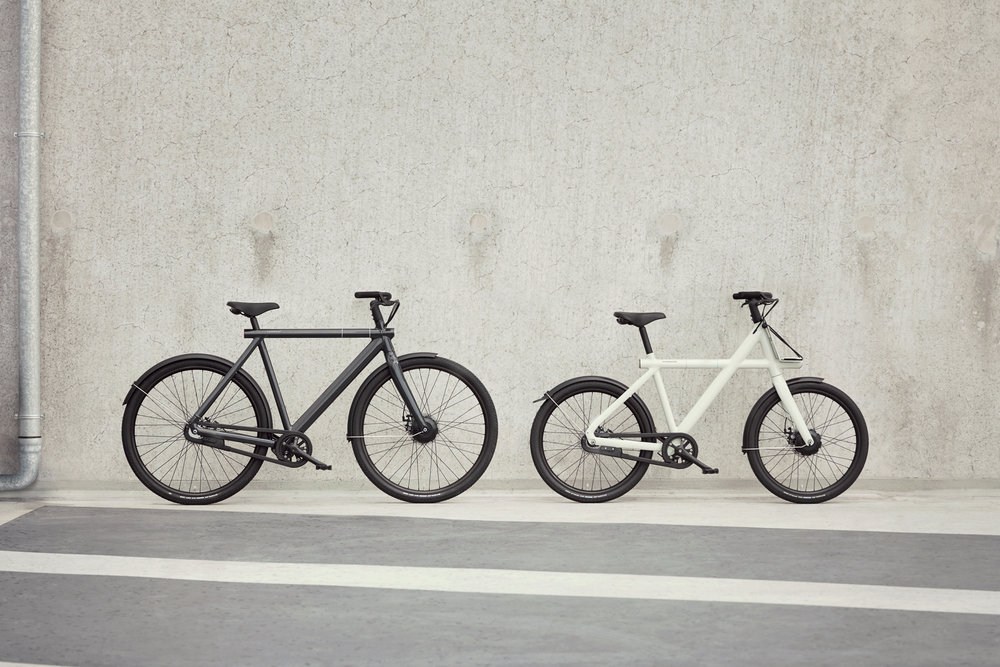
Challenges in Modularity
Despite the promise of modular bike designs, several challenges persist:
1. Weight and Complexity: Adding modular functionality often results in heavier, more complex bikes. This can be a turn-off for riders who prioritize speed, simplicity, or portability.
2. Learning Curve: Modular systems sometimes require users to understand how to switch configurations properly. While most systems are designed to be intuitive, less tech-savvy users might feel overwhelmed.
3. Cost Barrier: The upfront cost of modular bikes and their accessories can be high, especially with premium electric options. Although modularity may save money long-term, the initial investment may deter budget-conscious consumers.
4. Durability of Attachments: With more moving parts and attachments, there’s a greater chance of wear and tear. Poorly designed modules may rattle, loosen, or break over time, reducing rider confidence.
5. Aesthetic Consistency: Some cyclists prefer clean, streamlined designs. Modular bikes can look bulky or uneven when equipped with multiple attachments, which may affect appeal for style-focused users.
Expert Commentary: Designers, Commuters, and Urban Planners Weigh In
Markus Lindahl, a product designer at a leading European cycling brand, explains: “Modular design isn’t just about features—it’s about future-proofing. People’s needs change. Urban spaces change. A modular bike lets users adapt without replacing the entire product.”
Alina Torres, a Berlin-based commuter, shares: “I love how my bike adapts to whatever I need. Weekdays I ride to work; weekends I attach the child seat and head to the park with my son. It saves me money and space.”
James Orton, an urban transportation planner in Toronto, notes: “Modular bikes align perfectly with our goals for reducing car dependency. They fit the emerging model of shared, flexible, and sustainable mobility in cities.”
The Future of Modular Design in Urban Cycling
As cities evolve into smarter, greener spaces, cycling infrastructure is expanding in tandem with consumer expectations. The next generation of modular bikes will likely integrate AI, real-time diagnostics, and even semi-autonomous safety features like collision alerts. Designers are also working toward lighter, more eco-friendly materials such as carbon composites and recycled polymers to reduce weight and environmental impact.
Another frontier is the integration of shared modular bikes in urban rental schemes. Imagine a city bike-share where users could pick a base frame and attach accessories tailored to their ride—cargo box, child seat, or delivery rack. Companies like Swapfiets and Zoomo are already exploring subscription models with configurable components, offering urban residents flexibility without ownership responsibilities.
With cities increasingly investing in bike lanes, micro-mobility hubs, and cycling-friendly policies, the infrastructure is becoming more supportive of varied, multi-use bikes. Modular designs, with their inherent adaptability, are well-positioned to ride this wave of urban transformation.
Conclusion
So, are modular bike designs meeting the needs of urban commuters? The evidence suggests they’re on the right track. By offering adaptability, convenience, and long-term value, modular bikes are solving key problems associated with urban cycling. While challenges around cost, complexity, and mass adoption still exist, ongoing innovation and growing consumer interest signal a promising future. As cities embrace greener transportation and individuals seek more versatile mobility options, modular bikes are proving they’re not just a trend—they’re a practical, scalable solution to the multifaceted demands of modern urban life.

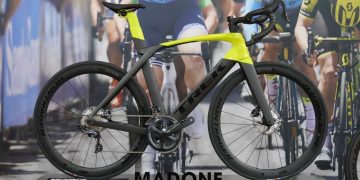
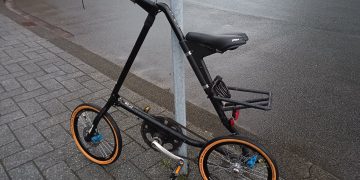
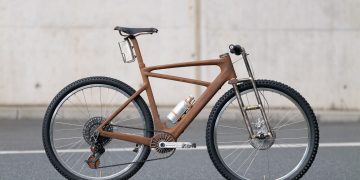

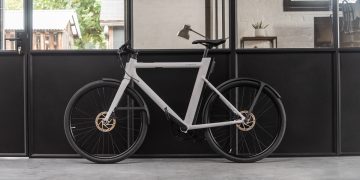
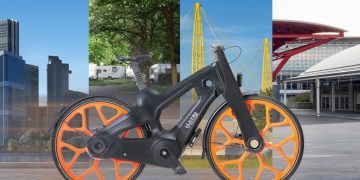
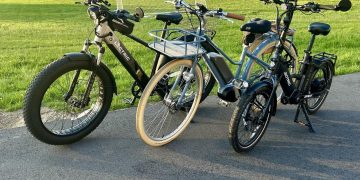
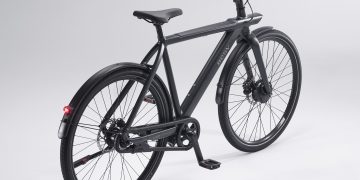




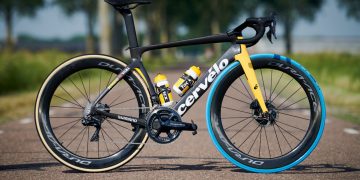






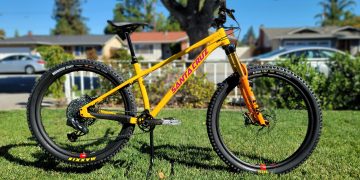
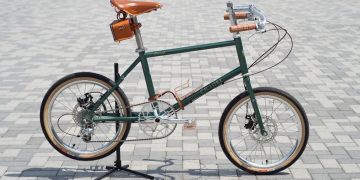
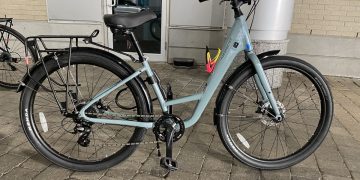



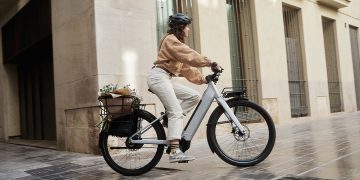










Discussion about this post